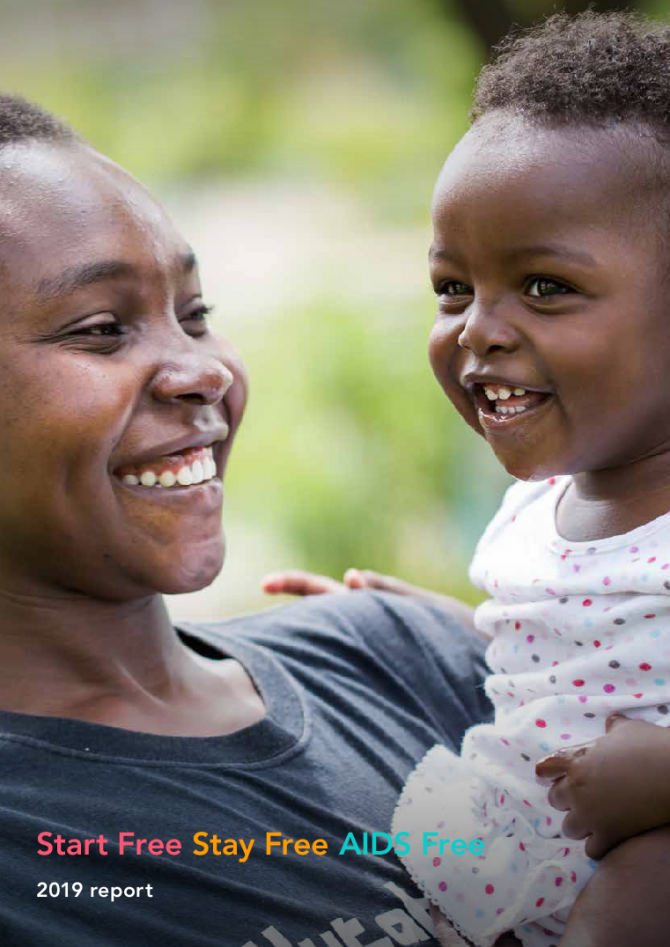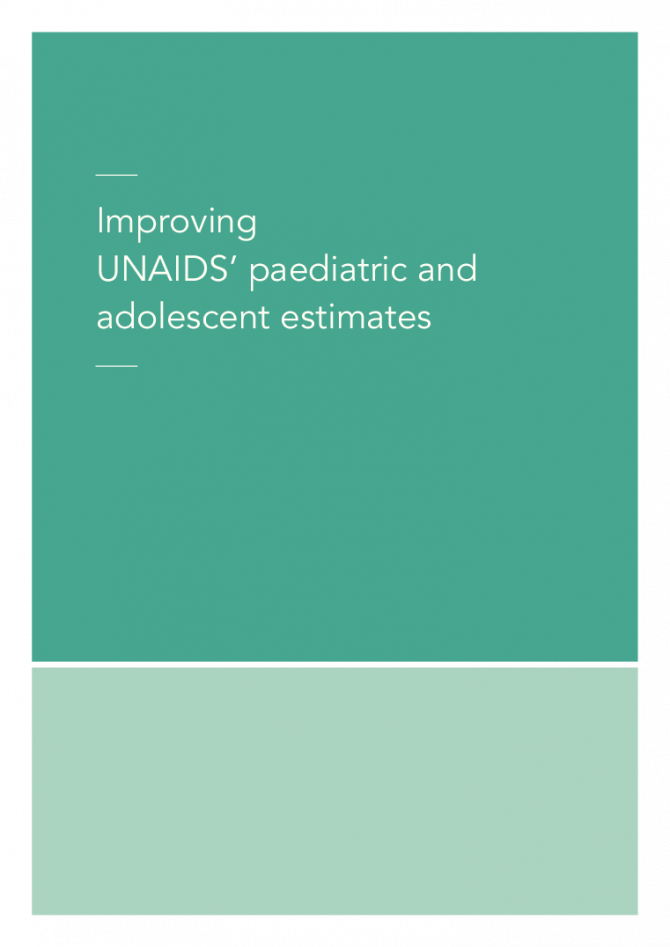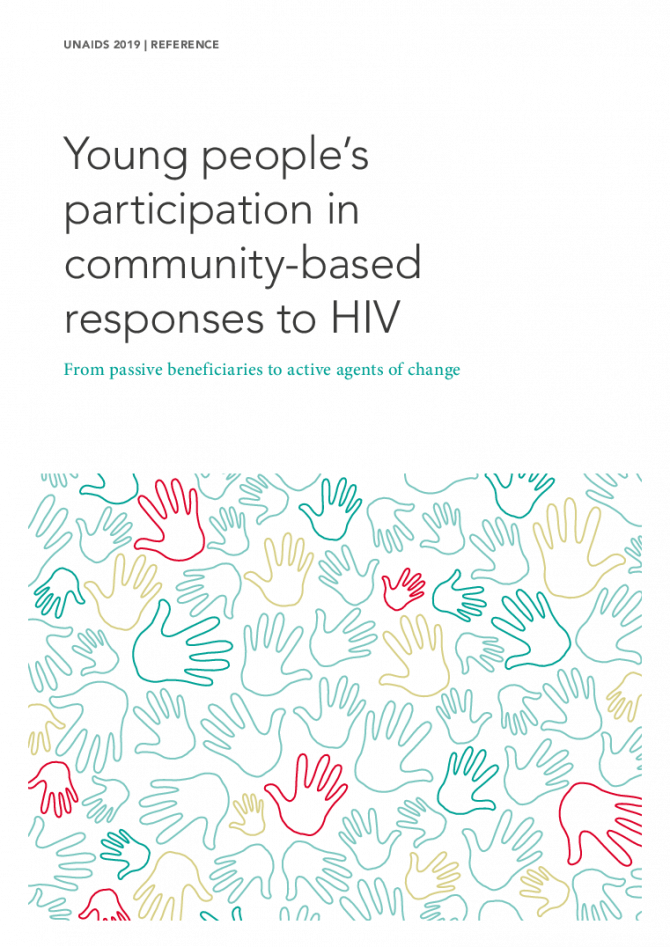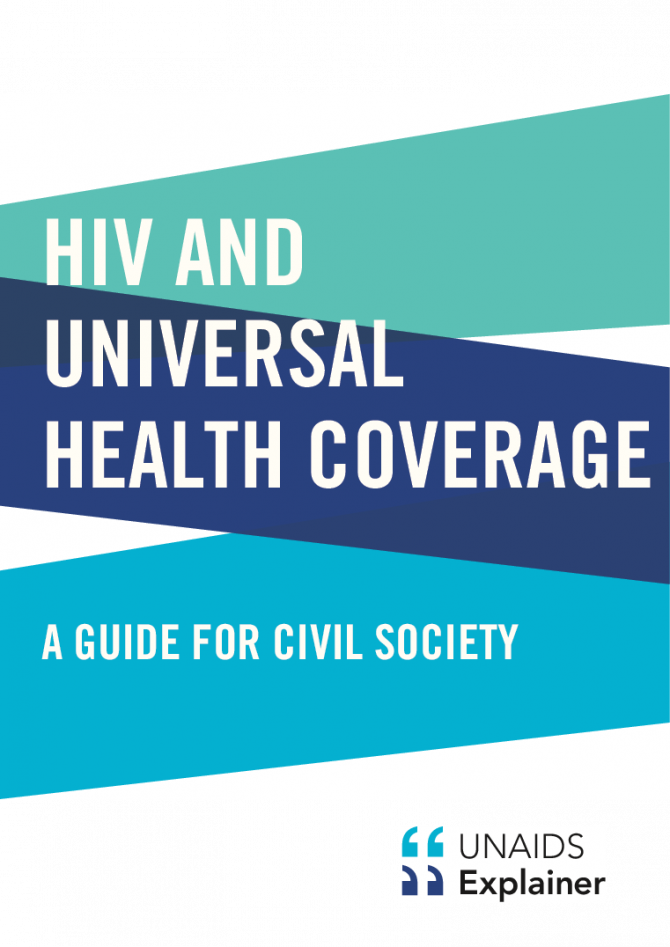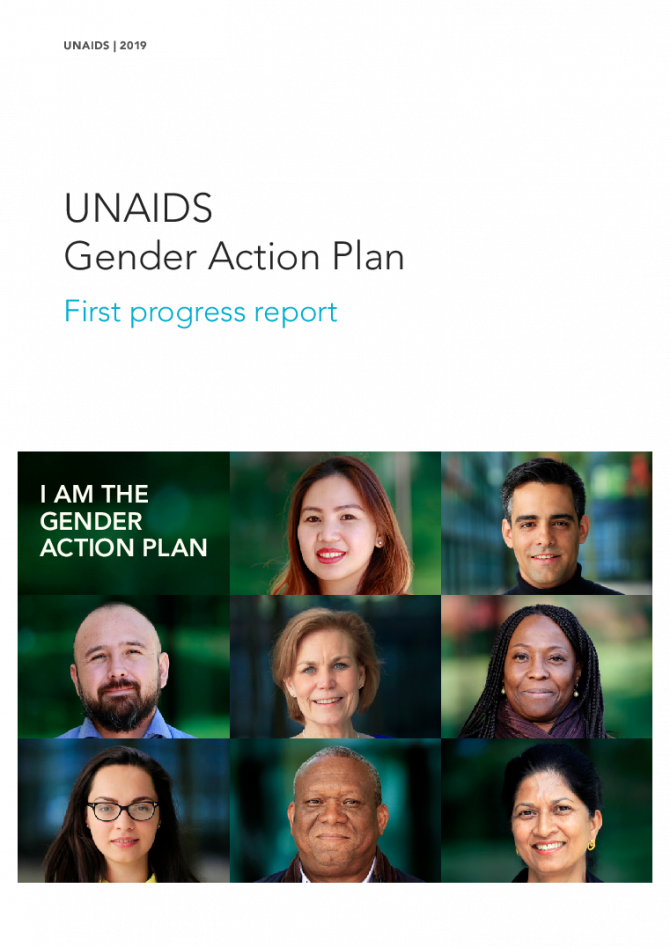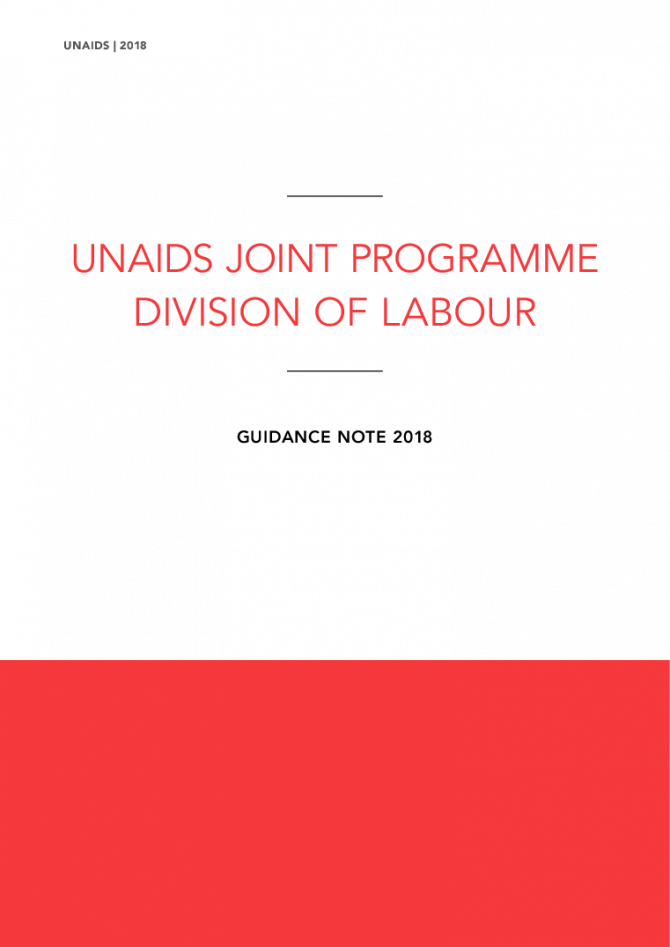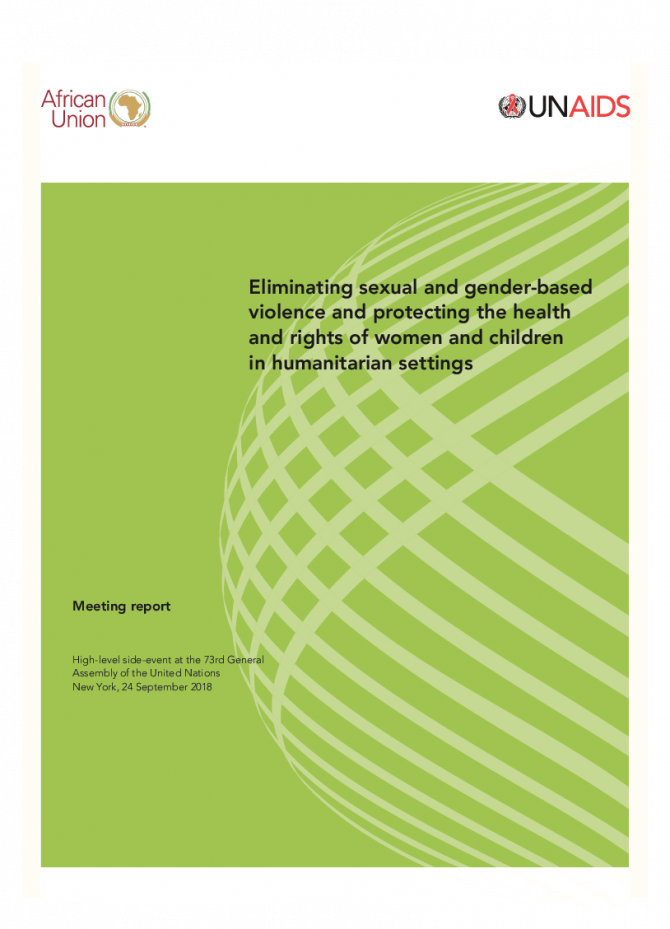Documents
UNAIDS data 2019
04 December 2019
This edition of UNAIDS data shows the results of some of those successes, but also the challenges that remain. It contains the very latest data on the world’s response to HIV, consolidating a small part of the huge volume of data collected, analysed and refined by UNAIDS over the years. The full data set of information for 1990 to 2018 is available on aidsinfo.unaids.org.
Documents
Improving UNAIDS’ paediatric and adolescent estimates
06 July 2018
This document provides paediatric HIV programme managers with an overview of how paediatric and adolescent estimates are produced, what the technical challenges and gaps in the data are, how those challenges are being addressed and what paediatric HIV programme managers and monitoring officers can do to improve their national estimates of the number of children and adolescents living with HIV.
Documents
Young people’s participation in community-based responses to HIV — From passive beneficiaries to active agents of change
10 July 2019
The objective of this research was to better understand and document community-led interventions that aim to strengthen demand creation and uptake of HIV and sexual and reproductive health services, with a focus on engaging young people as beneficiaries, partners and implementers. The primary audience of this report are donors, technical cooperation agencies and government authorities.
Documents
Health, rights and drugs — Harm reduction, decriminalization and zero discrimination for people who use drugs
13 March 2019
As a new chapter in the response to the world drug problem begins, UNAIDS calls on countries to adopt the recommendations contained within this report, and to rapidly transform those commitments into laws, policies, services and support that allow people who use drugs to live healthy and dignified lives.
Documents
HIV and universal health coverage — A guide for civil society
30 April 2019
The target of achieving universal health coverage is ambitious, but if met could be an important step towards ensuring that all people have good health and that HIV services are available for everyone who needs them. It is essential that efforts to achieve universal health coverage include a fully funded AIDS response and strong community engagement and that they build on the gains in human rights and gender equality made by networks of people living with HIV and key populations —gay men and other men who have sex with men, sex workers, transgender people, people who inject drugs, prisoners and other incarcerated people, migrants, as well as women and adolescent girls.
Documents
UNAIDS Gender Action Plan - First progress report
12 June 2019
Our Gender Action Plan is a tool for transformative change with its targets and commitments paving the way towards a gender-equal workplace. I am proud to share that within just one year, we have made remarkable progress. We have put in motion nine and successfully accomplished eleven of the 30 commitments.

